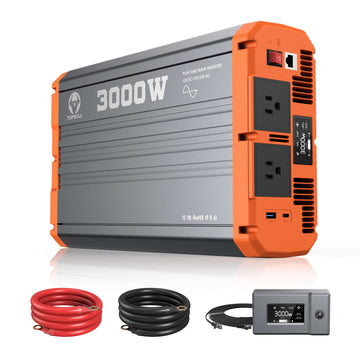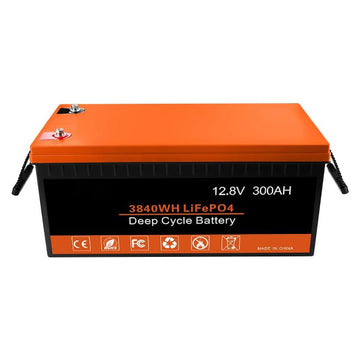Volts, Amps, Watts and Ohms Calculator! This advanced tool allows you to easily perform a variety of electrical calculations using two basic formulas that control the behavior of a circuit.
Volts to amps calculator
Volts to Amps Calculator
Two formulas for volts to amps
The first formula allows you to convert power (P) in watts (W) to current (I) in amperes (A) for a given voltage (V) in volts (V). This is especially useful when you know the power consumption and voltage of a device or circuit:
The second formula relates current (I) (amperes (A)) to voltage (V) (volts (V)) and resistance (R) (ohms (Ω)). This formula, also known as Ohm's Law, is essential to understanding how current flows through a circuit with a given resistance.
How to Use:
- Select the Calculation Mode: Choose whether you want to convert power to current or voltage to current.
- Enter the Known Values: Input the values for the variables you know (e.g., power and voltage for the first formula, or voltage and resistance for the second formula).
- Get the Result: Our calculator will instantly display the resulting current in amps.
Application of Calculators in Solar Power Systems
When designing a solar power system, the first thing that needs to be determined is the required power output. The required solar panel power can be calculated from the known power and operating time of the appliances. At this point, the inverse of the formula P (W) = I (A) x V (V) (i.e., power is equal to current multiplied by voltage) can be used to estimate the amount of current required at a specific voltage.
In a solar power system, the resistance in the circuit (both series and parallel) affects the amount of current and the efficiency of the system. By using Ohm's law I(A) = V(V) / R(Ω), the effect of resistance changes on current can be analyzed to optimize the system design and reduce energy losses.
In a solar power system, batteries are used to store excess power for use at night or on cloudy or rainy days. The required battery capacity can be estimated by calculating parameters such as the power of the electrical appliances, the operating time, the system voltage and the number of cloudy and rainy days. In this case, the relationship between power and time (i.e., energy = power × time) can be utilized for the calculation and the loss coefficient can be considered in conjunction with the actual situation.






